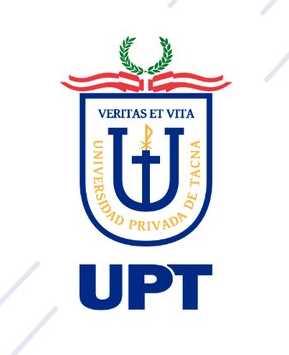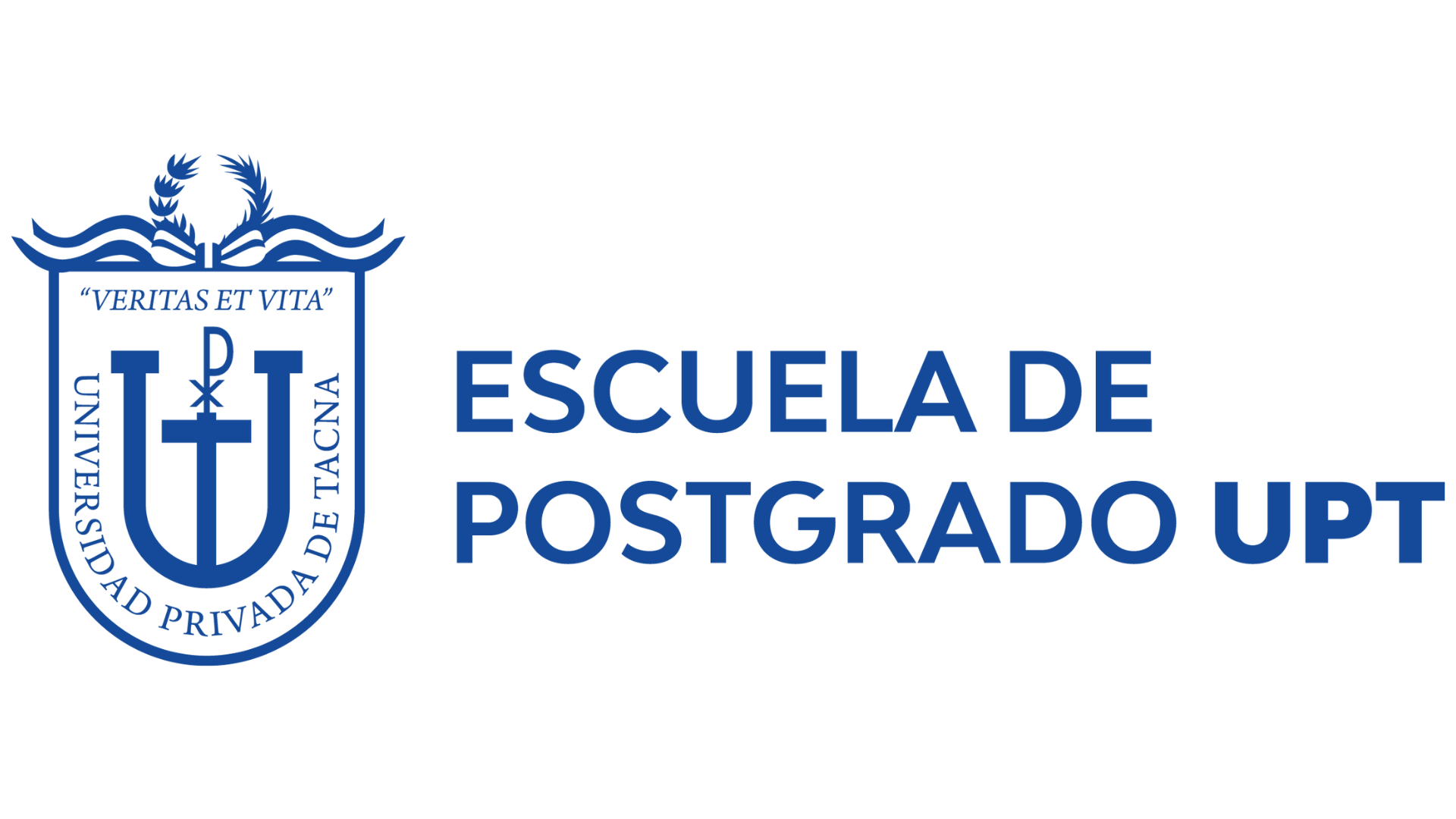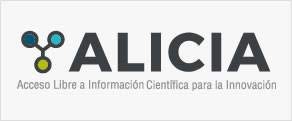What does it mean to be peruvian? What does it mean to be chilean? A study on national identity based on the perspective of infants
DOI:
https://doi.org/10.47796/ves.v12i02.858Keywords:
Childhood studies, national identity, border, childhoods, transdisciplinarityAbstract
In this article, the visions and perceptions of national identity held by girls and boys residing in the border region of Tacna and Arica were explored. Therefore, a portion of the results obtained in the doctoral research thesis "Drawing the Border: Tacna and Arica from the perspective of boys and girls," presented in 2021 at the Department of Latin American Studies at the University of Brasilia, is presented.
The purpose of this work was to understand and analyze how boys and girls conceived, experienced, and assimilated their national identity. To achieve this, specific questions were formulated, such as "What does it mean to you to be Peruvian?" and "What does it mean to you to be Chilean?" addressed to 27 students aged 10 to 12 from the Carlos Armando Laura School in Tacna (Peru) and 7 students of the same age group from various schools in the city of Arica (Chile).
This study was primarily framed within the perspective of Childhood Studies and adopted a transdisciplinary approach integrating a qualitative ethnographic design. Various techniques were employed, with drawing being the main tool used in this research.
The results revealed that boys and girls grounded their national identity in a glorious indigenous past, sidelining the creole processes of constructing the current states. Additionally, it was observed that symbols such as flags and coats of arms, typical food, and soccer play a crucial role in the consolidation of national identity. However, in the cases of boys and girls who self-identify as indigenous, a tension emerges between their ethnic affiliation and national identification.
Downloads
Downloads
Published
How to Cite
Issue
Section
License
Copyright (c) 2023 Víctor Eduardo Pacheco Garrido

This work is licensed under a Creative Commons Attribution 4.0 International License.













